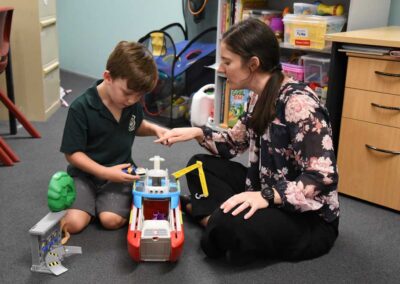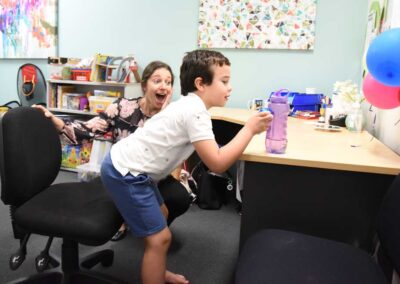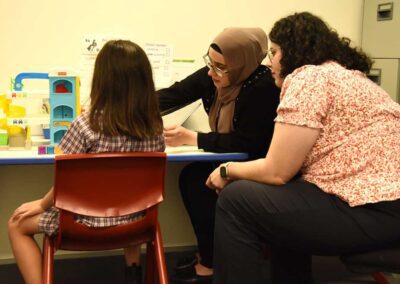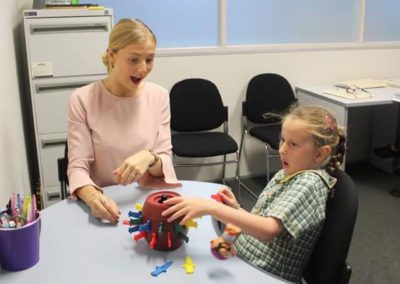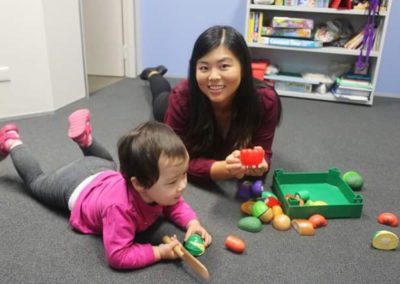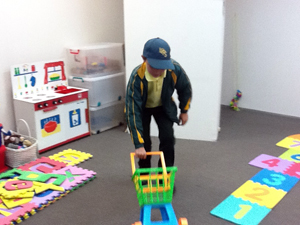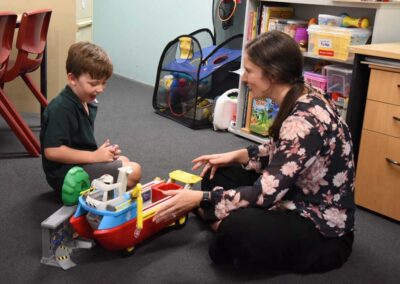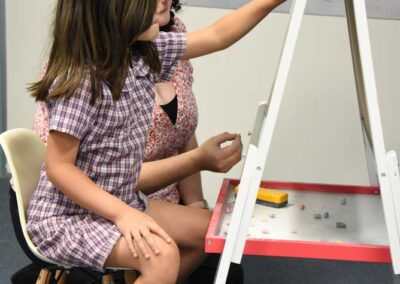1. Practice Opening Containers at Home
For many children, especially younger ones, one of the biggest lunchtime challenges is opening food containers, snack packs, or drink bottles. While it’s tempting to use airtight, leak-proof containers, it’s important to make sure your child can actually open them on their own.
Tips for building container confidence:
- Test-drive lunchboxes at home. Let your child practice opening and closing all their containers at the kitchen table.
- Time a “lunch rehearsal.” Pack a real lunch and let them try it during a weekend picnic or lunch at home.
- Label for ease. Consider colour-coding lids or labelling containers so kids can quickly identify what’s inside.
Pro tip: Choose containers with tabs, flip lids, or easy-open features. Steer clear of extra-tight lids or packaging that even adults struggle with.
2. Teach How (and when) to Ask for Help
Even with practice, there will be times when children need assistance. The ability to ask for help respectfully and clearly is a key communication skill – and one that helps them feel supported, not stuck.
Practice phrases like:
- “Can you help me open this, please?”
- “I tried, but it’s too tight.”
- “Excuse me, I need some help.”
Tip: Reinforce that it’s okay to need assistance – and that asking is a sign of strength, not weakness.
3. Encourage Mealtime Manners and Social Skills
Lunchtime isn’t just about eating – it’s also a time for children to connect, observe, and practice being part of a group. Helping your child develop age-appropriate table manners and conversational skills will boost both confidence and social comfort.
Try practicing these skills at home:
- Taking turns in conversation
- Saying “please” and “thank you”
- Noticing when others are speaking (and not interrupting)
- Cleaning up after eating
These mealtime chats help kids get used to talking while eating in a way that’s respectful and fun.
4. Build Responsibility with Packing
Depending on your child’s age, you can encourage independence by involving them in packing their lunch. This builds decision-making skills and ownership over what they eat – while also giving them a better understanding of what’s in their lunchbox.

Ways to include your child:
- Let them choose between two healthy options (“apple or banana?”).
- Teach how to pack items to prevent spills or squishing.
- Encourage them to pack their own utensils and napkin.
Even small steps – like putting their lunch in their backpack themselves – can build pride and routine.
5. Celebrate Small Successes
Independence doesn’t happen overnight. Celebrate the little wins: opening a tricky yogurt tube, remembering to ask for help, saying “thank you” to a lunch helper. Praise effort and progress more than perfection. When kids feel capable and acknowledged, they’re more likely to keep growing.
Final Bite of Advice
Lunchtime is a daily opportunity for your child to build confidence, independence, and communication skills. By practicing simple habits at home – opening containers, using polite language, engaging in conversation – you’re setting them up not just for smoother school lunches, but for stronger life skills overall. So next time you pack a lunch, think beyond the food. Each sandwich, snack, and spoon is a chance to build independence – one bite at a time.

